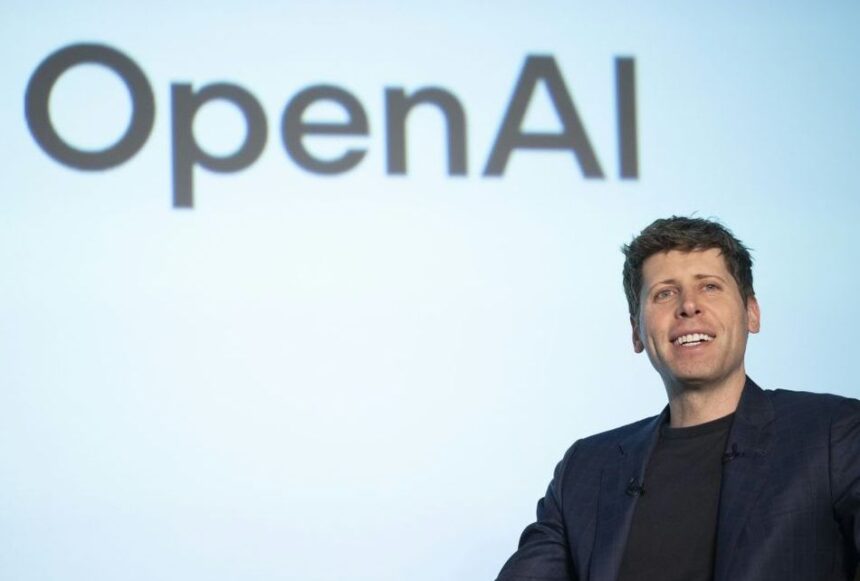In a seismic shift that could reshape the artificial intelligence landscape, OpenAI has forged a landmark partnership with semiconductor giant AMD to develop specialized AI chips. The collaboration, announced Thursday, marks OpenAI’s aggressive push to diversify its chip suppliers beyond Nvidia, which has dominated the AI hardware market with near-monopolistic control.
The deal comes at a critical juncture as OpenAI faces mounting computational demands for training increasingly sophisticated AI models like ChatGPT. Industry analysts estimate the company spent upwards of $700 million on Nvidia chips last year alone, with projections suggesting that figure could balloon to several billion dollars annually as AI development accelerates.
“This partnership represents a strategic necessity rather than a luxury,” said Marcus Thompson, technology investment strategist at Vancouver Tech Ventures. “OpenAI is essentially placing a multi-billion dollar bet that AMD can deliver the computational firepower needed to train the next generation of AI systems.”
AMD, long considered the underdog to Nvidia in the high-performance computing arena, has been gaining ground with its MI300 accelerators. Early benchmark tests suggest these chips deliver competitive performance for certain AI workloads at potentially lower power consumption—a crucial factor as data centers grapple with energy constraints.
The implications extend far beyond OpenAI’s server rooms. The partnership signals a fundamental restructuring of the AI chip supply chain, potentially breaking Nvidia’s stranglehold on the market. Wall Street responded immediately, with AMD shares surging 8% while Nvidia experienced a rare 3% dip following the announcement.
“We’re witnessing the beginning of a new competitive landscape,” said Dr. Elena Mirza, director of AI research at Pacific Northwest University. “For years, Nvidia has essentially written the rules of AI computing. This partnership challenges that dominance and could accelerate innovation through healthy competition.”
For OpenAI, the alliance represents more than just additional computing capacity—it’s an insurance policy against supply chain disruptions and pricing pressures. The company’s computational needs have grown exponentially with each new AI model iteration, placing enormous strain on both its infrastructure and balance sheet.
The partnership also arrives against the backdrop of increasing geopolitical tensions affecting semiconductor supply chains. With chip manufacturing concentrated in politically sensitive regions, diversifying suppliers has become a strategic imperative for AI leaders.
Industry observers note that OpenAI isn’t abandoning Nvidia entirely. Rather, the company appears to be constructing a multi-vendor strategy that provides both technological and business advantages. The company will likely continue using Nvidia’s advanced H100 and upcoming Blackwell chips for specific workloads while integrating AMD solutions where they demonstrate superior performance characteristics.
Will this partnership fundamentally alter the trajectory of AI development? The answer depends on execution—specifically whether AMD can scale production to meet OpenAI’s massive requirements while continuing to advance its chip architecture. What’s certain is that the AI computing arms race has entered a new phase, with implications that will reverberate throughout the technology ecosystem for years to come.
For more technology coverage, visit CO24 Business or follow our ongoing AI industry analysis at CO24 Breaking News.










